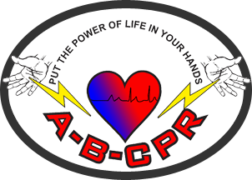Shaken Baby Syndrome Resources and Information for Early Care and Education (Child Care) Providers
http://www.cdc.gov/Concussion/pdf/Preventing_SBS_508-a.pdf
The following information is from the CDC website provided above:
Example Messages for Parents and Other Caregivers:
1) Crying is normal for babies.
a) Crying is one way babies communicate.
b) excessive crying is a normal phase in infant development.
■
babies cry most between 2 and 4 months.
■
Prolonged, inconsolable crying generally lessens when babies are around 5 months old.
■
Most babies who cry a great deal are healthy and stop crying spontaneously.
c) You are not a bad parent if your baby continues to cry after you have done all you can to
calm him or her.
d) Remember, this will get better.
2) When a baby cries, there are steps you can
take to try to comfort him or her.
a) Check for signs of illness or discomfort
like a dirty diaper, diaper rash, teething,
fever, or tight clothing.
b) assess whether s/he is hungry or needs
to be burped.
c) Rub his/her back, gently rocking him/her;
offer a pacifier; sing or talk; take a walk
using a stroller or a drive in a properly-secured car seat.
d) Call the doctor if you think the child is ill.
e) Remember you are not a bad parent or
caregiver if your baby continues to cry after you
have done all you can to calm him or her.
3) When you feel frustrated, angry, or stressed while caring for your baby, take a break.
a) Call a friend, relative, neighbor, or a parent helpline for support.
b) Put your baby in a crib on his or her back, make sure the baby is safe, and then walk away
for a bit, checking on him or her every 5 to 10 minutes.
c) Remember, this will get better.
4) be aware of signs of frustration and anger in yourself and others caring for your baby:
a) see a health care professional if you have anger management or other behavioral concerns.
b) ensure others caring for your baby see a health care professional if they easily become angry
or frustrated around your baby.




